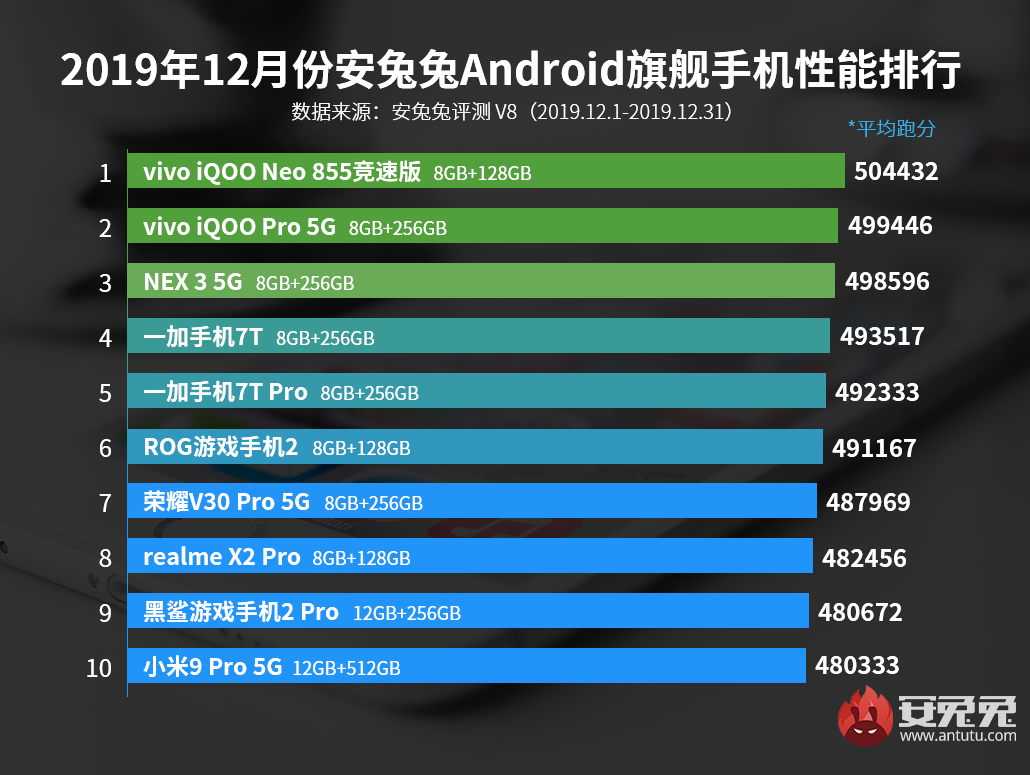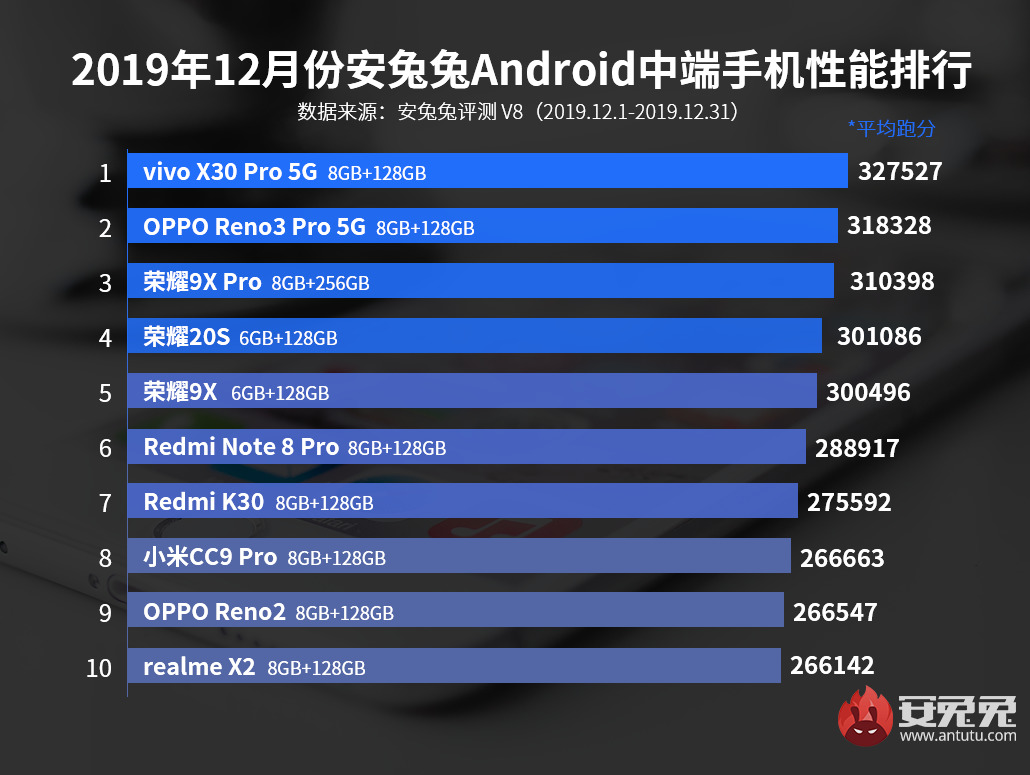
Itt a toplista, ezek napjaink legerősebb telefonjai

A népszerű AnTuTu tesztprogramban elért eredményik alaján rangsorolták a mobilokat, komoly meglepetések születtek.

Időről időre közzéteszik a listát, amin nagy változások történtek a legutóbbi kiadáshoz képest. Hogy mást ne mondjunk, a korábbi listavezető, az ASUS ROG Phone 2 a vezető helyről a hatodik pozícióig esett vissza. Talán ennél is érdekesebb, hogy a csúcskészülékek versenyét a Vivo uralja, a dobogó mind a három helyét az ő istállójukból érkezett készülék foglalja el. Az első helyen az Vivo IQOO Neo tanányázik, ami újabb érdekesség, hiszen ebben a mobilban nem a jelenleg legerősebb Snapdragon 855+ lapka, hanem annak elődje, a Snapdragon 855 dolgozik. A második helyen a Vivo IQOO Pro 5G, a harmadikon a Vivo NEX 3 5G, ezekben már Snapdragon 855+ procit találunk.
A lista kapcsán fontos még megjegyezni, hogy óriási a kínai telefonok dominanciája, vagy mondjuk úgy, hogy a lista Samsungot még nyomokban sem tartalmaz.

A középkategóriás készüékek között is vannak érdekességek. Azon, hogy például Samsung telefon itt sincs, már meg sem lepődünk, de a Redmi Note 8 Pro hatodik helyezése komoly fegyverténynek számít. Amikor a Xiaomi bemutatta a telefont, és kiderült, hogy nem Qualcomm Snapdragon, hanem Mediatek Helio lapka került bele, akkor sokan (köztük bevallom én is) felvonták a szemöldöküket. A Mediatek lapkák jók, korrektek, mindent tudnak, amit kell, keveset fogyasztanak, de egy valamiben, a nyers izomerőben jócskán elmaradnak a Qualcomm termékek mögött. Emiatt aztán nem nagyon értettük, hogy a Xiaomi miért ezt a gyártót választott. Azóta persze kiderült, a saját méréseim is alátámasztották, hogy a Mediatek Helio G90T igazán jó választás volt, olyannyira, hogy komolyan veri, nemhogy a Snapdragon 710-et, de még a jóval combosabb, játékok futtatására optimalizált 730G-t is.
Visszatérve a listára, az első hely itt is a Vivo kezébe került, a második az Oppo telefonja lett, ezután pedig három Huawei mobil következik, megelőzve a két Xiaomit.











![Kövesse élőben az Android 4.0 és a Nexus Prime bemutatót! [Stream]](https://www.hoc.hu/wp-content/uploads/2011/10/images_GOOGLE-ICE-CREAM-SANDWICH-LOGO-GOOGLE-IO-440x264.jpg)



